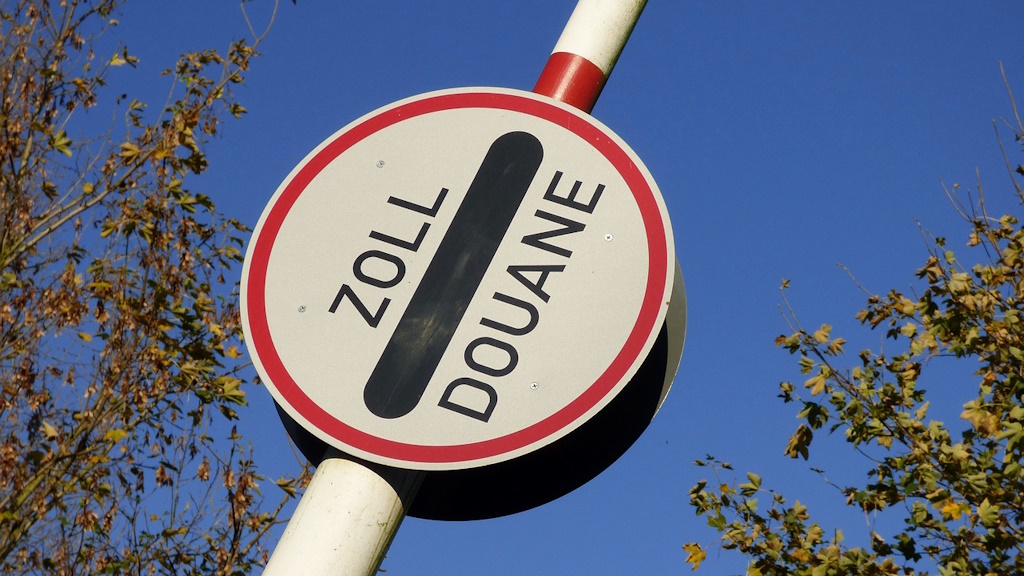It is 2040 and Customs has made itself obsolete, so to speak. The supervision on border-crossing international trade has transformed from an organization to a system. Declarations are no longer necessary because goods are equipped with chips whose data are captured by the system as soon as the goods cross the border. Algorithms determine which shipments to check based on data from various sources amongst which the data of scanning equipment. Humans intervene only when the machine detects anomalies.
This is a picture of the future of customs supervision which is being sketched in a recently published book ‘Customs, Inside Anywhere Insights Everywhere’ written by Frank Heijmann and John Peters. The book provides a unique glance into the world of Customs and Cross-Border Trade. Unlike other books on customs related matters, this publication is not about legal aspects, nor is it going into explanations of law or court decisions. It is about the way Customs control, the way they plan, do, check, and act. It explains how Customs Risk Management works, it goes into the philosophy behind different levels and methods of enforcement, such as service provision, checks and interventions, correction and repercussion.
Also, the Business interests in cross-border trade are being addressed. The book prescribes what compliance is about, why it is important for both Business and Customs, and what the initial idea is behind the concept of trusted traders such as the EU Authorised Economic Operator (AEO) or US CT-Pat.
Next, trade facilitation by Customs is elaborated, to the background of Customs having the mission to facilitate international trade on the one hand, while at the same time levying and collecting duties and checking several non-fiscal rules on goods to protect society on the other hand.
Finally, the book looks into history: why do we have today’s customs procedures, when were these developed and within which framework? The book is questioning whether all these procedures are still fit for purpose, taking into consideration the changed environment as a result of the e-commerce growth, for instance. This analysis is followed by a series of proposals to amend customs processes and procedures, making these more applicable into today’s world.
This book is a must have for every Customs professional, working in government or in the business sector, and for those who work in international trade and need to know how predictability in supply chains can be increased.

